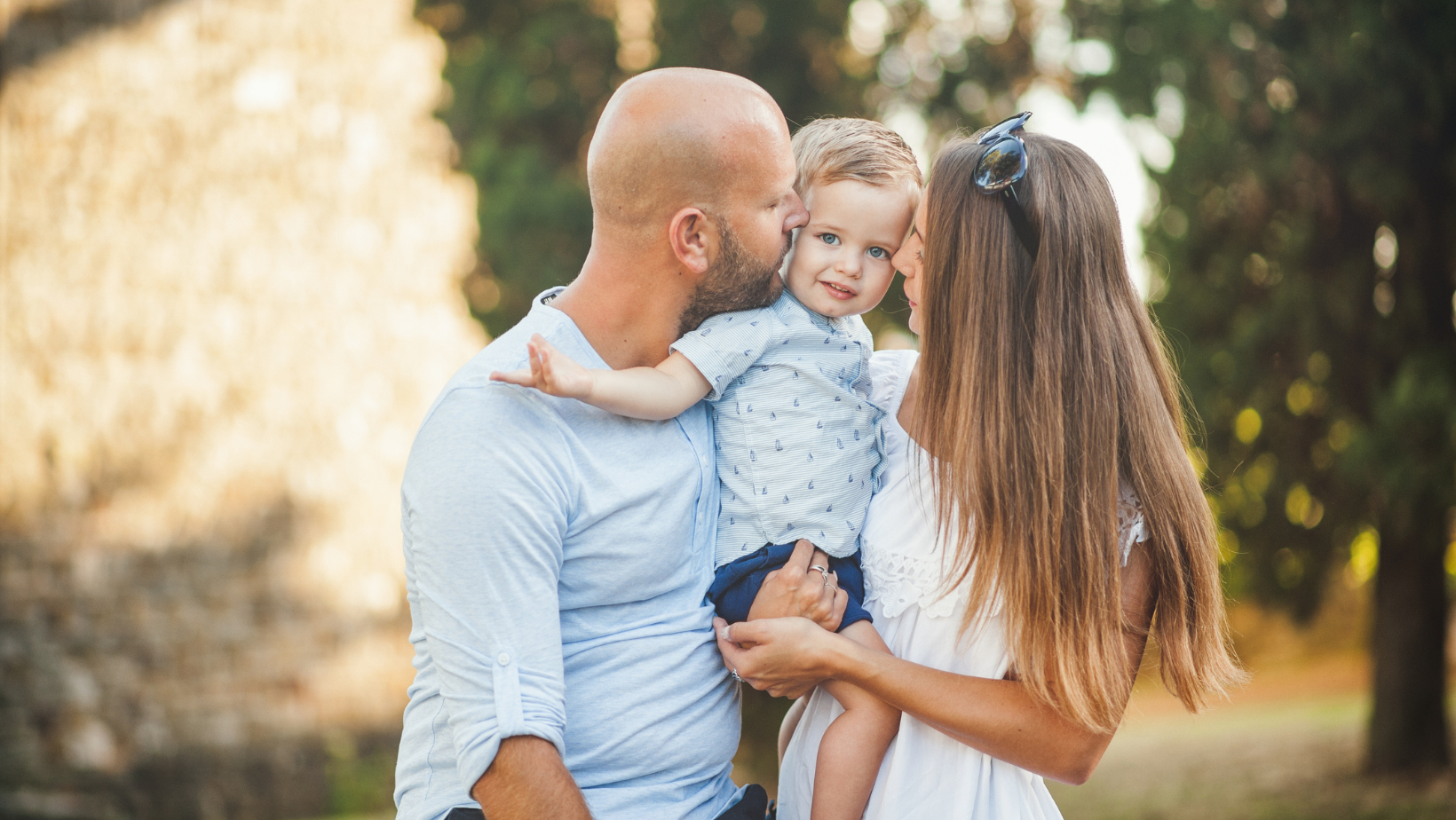Aging Well: Resilience
Cathy Graham • October 18, 2021
How do some people manage to bounce back from adversity and misfortune, while others in the same situation dive into a downward spiral? When devastation strikes swiftly and uproots lives, what makes some people rise up while others crumble and fall? The answer is resilience.
Psychological resilience is described as the ability to cope with a crisis mentally or emotionally or to return to pre-crisis status quickly, even in the throes of darkness. Resilience isn’t happenstance; it is a learned behavior. People void of resilience choose to be powerless and victimized. The sludge of negativity weighs them down until they become immobile, then matters get worse, just as they expected. We become more resilient with practice. Bouncing back quickly from disappointments, changes or failure increases our resiliency stamina.
Additional ways to build resiliency include giving grace instead of giving in to stress. By getting in step with all the right things in the world, you can learn to navigate the unexpected. Thinking patterns trigger emotional patterns. You can change emotional patterns by curtailing negative thinking; you do that by soaking up positive vibes.
Resilient people know how to live with appreciation and gratitude, and they have well-defined social connections. They know they create their own responses in life. They move their bodies, get fresh air and relate well to nature. They sleep soundly knowing that the body, mind and spirit need rest. They are mindful of how they feel in the moment and adapt to being positive quickly.
You choose to be happy, alone, loved, burdened or fearful. It’s as simple and as complicated as that.
Cathy Graham
is director of Graceful Aging Wellness Center of Bethlen Communities, Ligonier, Pennsylvania, and a District 3000–HRFA member.











